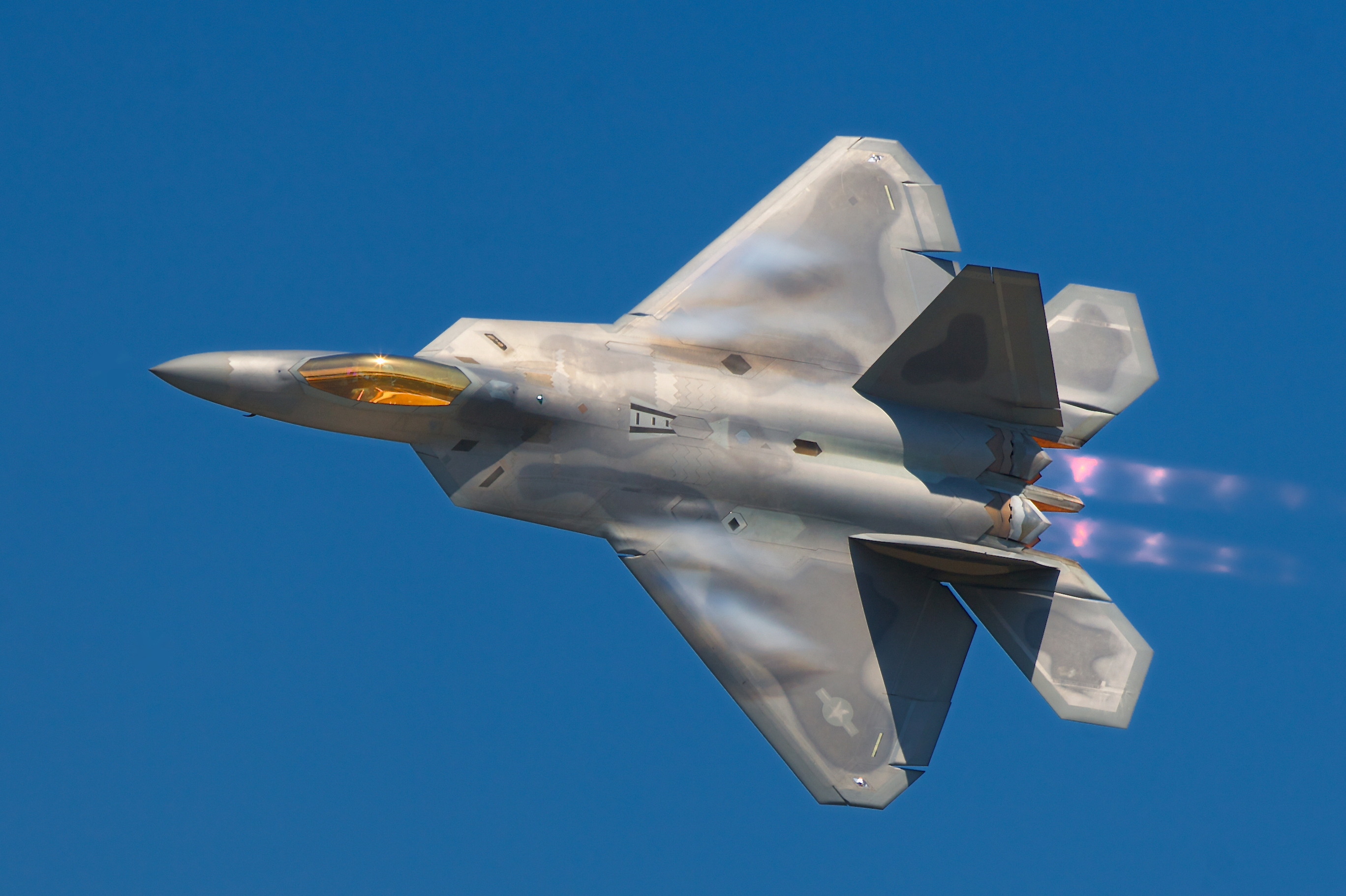Biggest problem for a strike J-20 would actually be the JH-XX Xian is rumored to be developing.
What happened with the Su-34 as a modification was that the Russians needed a replacement for the Su-24, and as Sukhoi already did the Su-27, they found that it would be simpler for them to just modify the Su-27 for the attack role. With the JH-XX, the attack role would be filled and there'd be less need to modify the J-20.
My basic issue is that the J-20 as a design is rather compromised to deal with the PLA's conflicting requirements and the limitations of Chinese engine technology. It's not as pure a stealth design as the F-22. The weapons payload, while better than the F-22, is roughly the same as on the F-35 so is inferior for a heavyweight stealth fighter. It's not designed for extreme maneuverability like the Su-57 is. And while the aspect ratio would imply that the aircraft is designed for and optimized for extreme speed, the J-20 is limited by the need to protect its stealth coating as well as the DSI inlets on the J-20. The only unique aspect the J-20 has going for it would be its lerx long-coupled canard lerx delta wing set-up, and even that has already been presaged by Rafale.
In other words, the J-20 is good against 4th generation fighters and in numbers adequate to 5th generation fighters, but it seems to lack its own advantages against competing 5th generation fighters. Where its advantages do lie are in the respective weaknesses of specific airframes (F-22 is only just getting upgraded with IRST, does not have EODAS, has an anemic weapons bay capacity, the Su-57 does not focus that much on stealth, the F-35 has poor agility), but it doesn't have anything world-beating.
On the other hand, as I've stated repeatedly, the J-20 has strong developmental potential from the basic design of the airframe. The limitation to the J-20 is constantly the engine, and if that limitation were lifted, the design could be modified to make it not simply a par aircraft, but something that could have a decisive advantage in one area or another.
Put another way, the J-10 is arguably better than a Block 50 F-16 or even a Block 60. The J-16 is arguably more capable than the F-15E. But all of these are last generation fighters. When it comes to 5th generation equipment, the Americans can tout their stealth and sensors on the F-35, the Russians can tout their kinematics on the Su-57, but what does China have?

